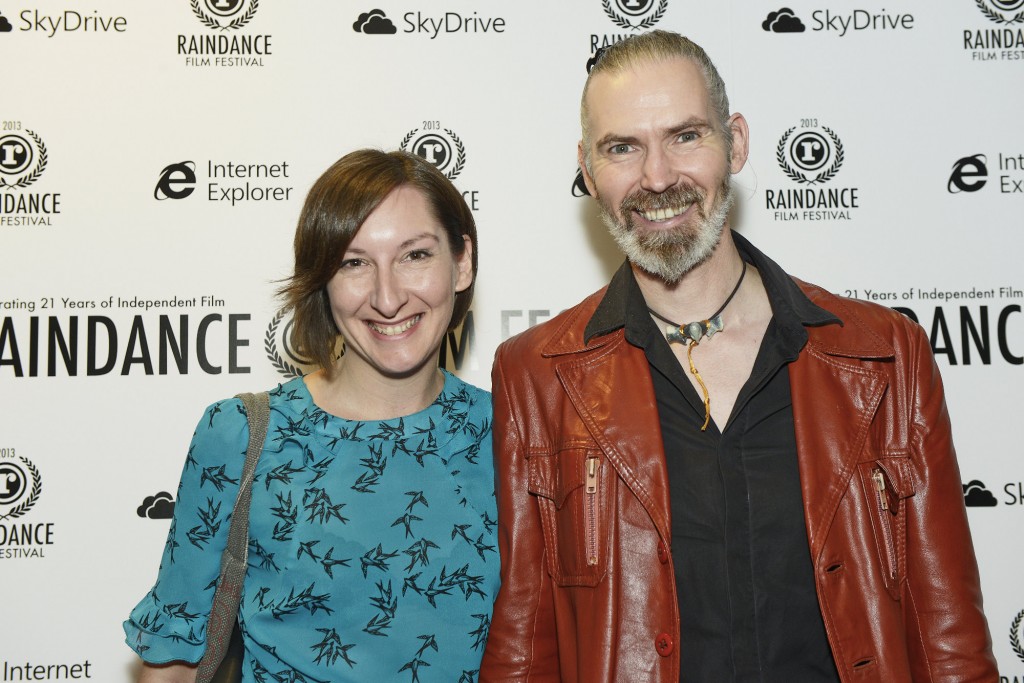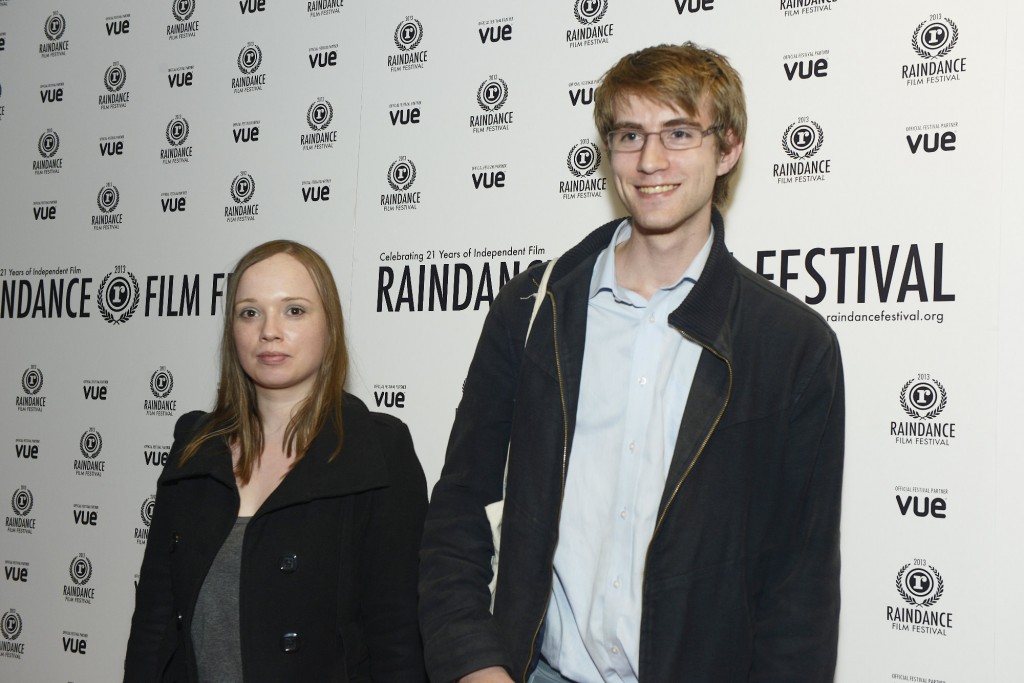 Following the success at the Oscars of both Argo, a big pat on the back of Hollywood, and Life of
Following the success at the Oscars of both Argo, a big pat on the back of Hollywood, and Life of
Pi, an ‘international’ film with no recognisable big name star, Jonathan Brown looks at whether Hollywood is still the centre of the film Universe.
‘Domestic’
Hollywood is Cinema, right? After all, despite every country having its own awards ceremony, the
Oscars are still seen as the pinnacle of the film making world – at least to the studio marketing men.
Even though film wasn’t created in the US, it’s where it became what it is today. If fact, some of the
big original Hollywood studio are still around today, and, despite flagging profits, are as influential as ever. To be classified a big blockbuster, you need to take over $300m ‘domestic’ , ie in the USA.
Even if you flopped abroad, a good take at home could be enough to make a success. Even in Britain,
films like Skyfall are sold as the ‘Number 1 USA Box Office Hit’, even if they only spent one weekend at the top and just broke even.
The American box office was, and still is, the judge of commercial success, in the way the Oscars
were the mark of critical success (there’s an argument that the Oscars are way of the pulse of new
and exciting cinema, but that’s a different article).
But the tide is turning. America, as a country, is suffering more than most in the economic downturn,
and, while Hollywood continues to spend more and more on their blockbusters (the recent Twilight
movie cost £120m!), the people spending the most of their hard earned wages going to see these
blockbusters is moving.
‘Overseas’
While America still is the biggest single market for movies, and is far ahead of its closest rivals,
the ‘Overseas’ market is becoming a bigger cash cow.
Let’s have a look at the numbers. The usual ratio for a movie is around 40% of its takings from the
US and 60% from overseas – roughly. Ten years ago, in 2002, just four of the top ten highest grossing
movies took more than 60% of their box office from overseas, with two films (Signs and My Big Fat
Greek Wedding), taking less than half.
In fact, My Big Fat Greek Wedding took 76% of its taking from the US. And I’m assuming the other
24% from Greece.
Skip forward ten years, to 2012, and seven films took over 60% from overseas with Ice Age 4 taking
82% from overseas. Compare this to the first Ice Age move, which took only 54% from ‘foreign’ box
office and the swing becomes hugely noticeable, and important.
It’s the same if you compare 2011 and 2001. In 2001, there were just two films making over 60% of
its box office from foreign markets, while in 2011 there were nine films.
In 2009, box-office behemoth Avatar took 72% of £2.7bn from overseas. Ten years earlier, The
Phantom Menace, the new Star Wars movie the world had been waiting for, took just 54% from said
world.
If we go even further back, to the days of ET and the original Star Wars, the take is even slimmer,
with overseas counting for just 45% and 40% respectively.
Some of the shift can be accounted for by long term word of mouth, or even self-fulfilling prophecy.
Many of the big sequels, especially animations, have made huge amounts overseas, while their
domestic take, while still massive, hasn’t grow as fast.
When a film has been classed as a hit in the US, companies are a lot happier pushing the sequels
overseas. Also, while many overseas viewers might not have caught the original at the cinema, the
may have bought the DVD, seen it on TV, or downloaded it.
However, you don’t need to be a hit in the US to be a hit abroad. A textbook example of how foreign
markets can make a film a success is the recently released, and hugely divisive, Cloud Atlas. Directed
by the Wachowskis and Tom Twyker, the film has been classed a huge flop. On a budget reported to
be around $100m, it opened to just $9m in the USA.
As the US is so opening weekend focus (film takings tend to drop off by around 40-60% per
weekend), the chances of it making its budget back in America were pretty slim. It went on to earn
just £27m in total – domestic.
However, the film, set across various countries with a cast from across the world, has made a very
decent $80m overseas – so far. The $80m take does not include the UK, France, Japan and Australia.
This could easily add another £10-20m to its take.
Some of this change, especially from the 70’s/80’s, is the arrival across the world of the multiplex
cinema – meaning more films, more showings, and more attendees in the foreign markets. Factory
cinema, if you will.
However, this doesn’t account for the change in the past ten years. These changes are partly due to
two main factors – one is the new middle classes in the emerging markets like India, China and South
America, where people are starting to get some Rupees, Pesos or Yuen in their pockets, and having
the free time to spend it.
Secondly, is the move in America away from cinema to home viewing. Companies like NetFlix are
drawing people away from the multiplex and into the living room, despite desperate Hollywood’s
attempt to keep them with the introduction of the ultimate cinema experience – 3D.
This has seen cash intake increase slightly, due to higher ticket prices for 3D films, but attendances
are still dropping.
And why wouldn’t they, when you’ve had vast improvements and reduction of costs of home cinema
systems, or just a decent TV, and the reduction in time it takes for a film to go from the cinema to
online. People are realising they’d rather wait a couple of months and watch it on their home 3D
system, instead of paying $20 for a cinema ticket.
The Future
So, what does this mean for the future of blockbusters? I can see two possible outcomes.
The Hollywood studios could start to tailor their films more for foreign markets, using casts,
locations and directors from across the globe.
While Hollywood is keen on using foreign actors, they always tend to be the bad guy – maybe we’ll
see a few more leading actors from across the globe in mainstream Hollywood movies.
Or, more cynically, it could mean that distributors start to buy up more screen space in foreign
cinemas, pushing out locally made films.
However, on the evidence, especially in the foreign markets with an established film industry, this is
not the case. In 2009, four of China’s top ten grossing films where from China. China does however
limit the number of foreign movies able to be released a year.
In India in the same year, seven where from India (and one of the other ones was Slumdog
Millionaire).
So, maybe there is a balance to be struck. Maybe Hollywood can start to look outwards, taking
influence from a world of cinema, while still pumping in the big bucks to bring the big spectacle.
 The amazing British actress Olivia Colman has said that diversity is not just about race and that there must be more opportunities for all in the film and TV industries. Colman told her views as she was appointed as a judge for the TriForce Short Film Festival. She said that it was important that a wide range of people had a chance to tell their stories.
The amazing British actress Olivia Colman has said that diversity is not just about race and that there must be more opportunities for all in the film and TV industries. Colman told her views as she was appointed as a judge for the TriForce Short Film Festival. She said that it was important that a wide range of people had a chance to tell their stories.







